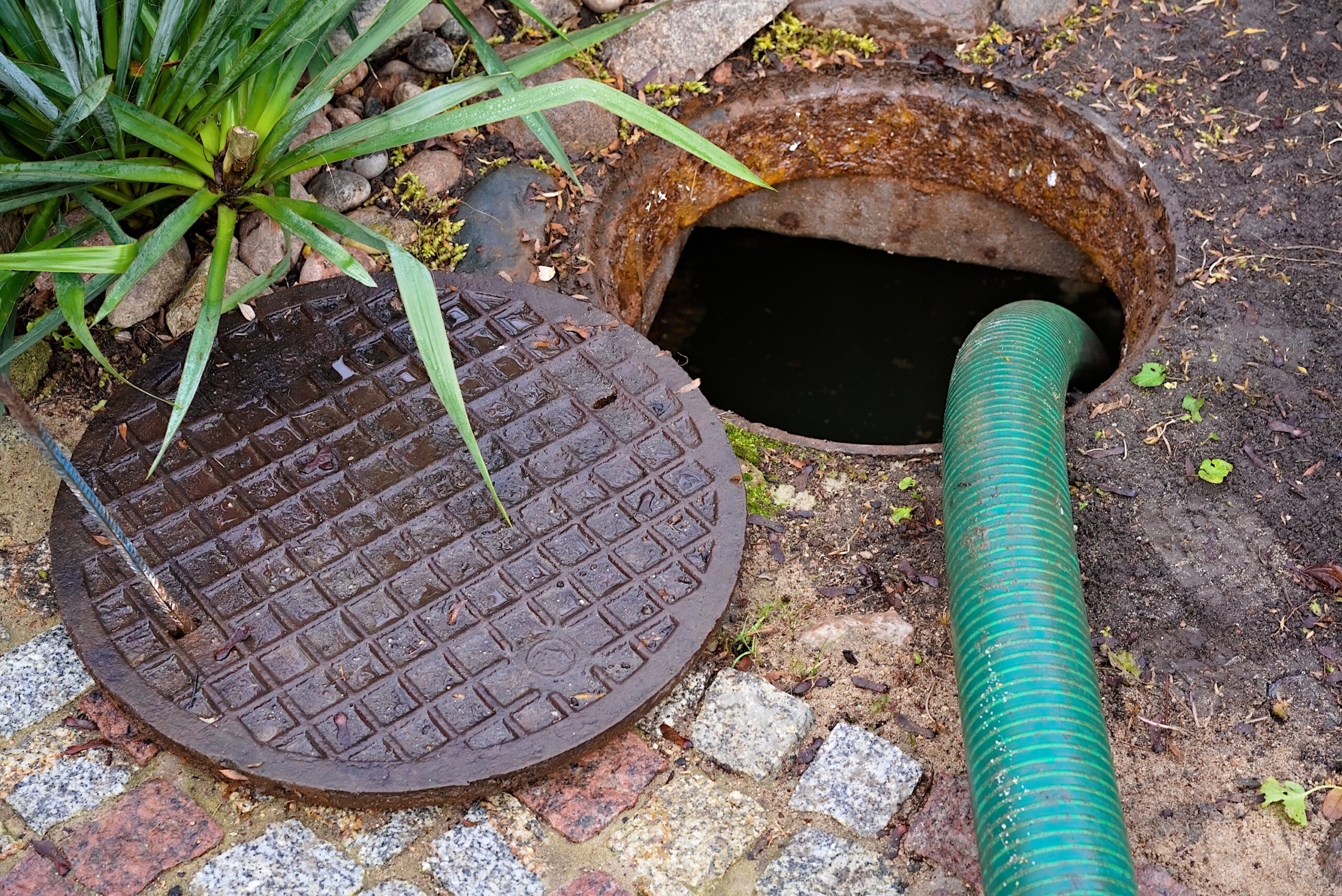Homeowners with sluggish or aging septic tank systems may take some cues from remediation efforts currently taking place in Greenwood Lake in New York. The growth of weeds in the lake prompted the Greenwood Lake commission to hire harvesters to cut back the excess vegetation. The submerged weeds, however, were not collected and were left to float and decompose in the lake, causing serious damage to the local ecosystem and destroying oxygen-dependent plants, animals and bacteria within Greenwood Lake.
An innovative solution
Although some local property owners advocated the use of herbicides to control weed growth in the lake, city officials decided instead to use a method well known in the septic system field. By introducing aerobic bacteria and advanced aeration systems, the remediation team hopes to increase the decomposition of the weeds floating in Greenwood Lake and to restore the lake to its former healthy state. Ultimately, the lake is likely to undergo dredging to reduce weed growth and provide a better environment for fish and other wildlife that currently make their home in this body of water.
Tested and proven technologies
Aerobic bacteria are not a new solution for reducing biomaterial buildup and increasing decomposition. Most major wastewater treatment plants use aerobic bacteria and advanced aeration systems to boost the efficiency of the decomposition process. Aerobic bacteria can consume and convert up to 30 times more biomaterial than their anaerobic counterparts, making them an excellent solution for wastewater remediation. Additionally, anaerobic bacteria produce unpleasant odors and can sometimes create health risks for home and property owners. Aerobic bacteria are both safer and healthier for most wastewater treatment needs.
Designed for household use
Septic aerator systems can provide added efficiency and performance for home septic systems as well as in large-scale commercial wastewater treatment plants. These advanced devices provide much-needed oxygenation to encourage the growth of aerobic bacteria within the tank. This can boost the efficiency of the decomposition process exponentially and provide relief from some septic tank problems, especially those caused by biomat buildup at the bottom of the tank. While regular pumping and draining may still be required, these advanced aeration systems can improve the overall health of the septic system and prevent damaging buildup of organic materials within the tank that can reduce efficiency and lead to septic system failure.
Aeration systems like those sold by Aero-Stream can improve the function and increase the longevity of home septic systems. By speeding the decomposition process and moving much of the wastewater treatment to the tank rather than the drainfield, these systems can allow homeowners to enjoy years of trouble-free performance from their existing septic tank systems.











